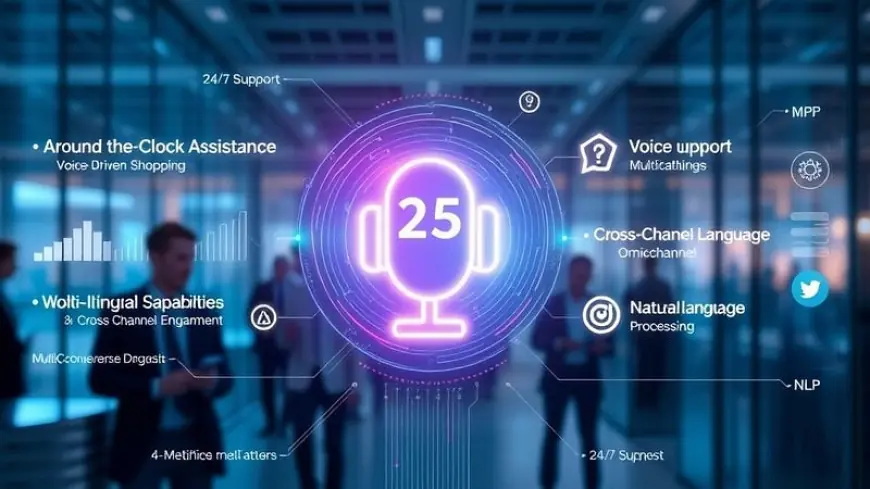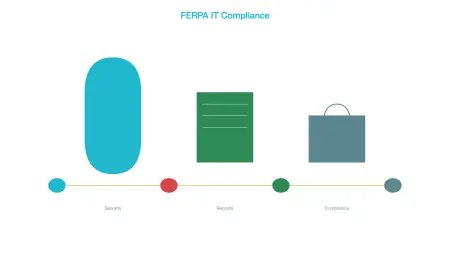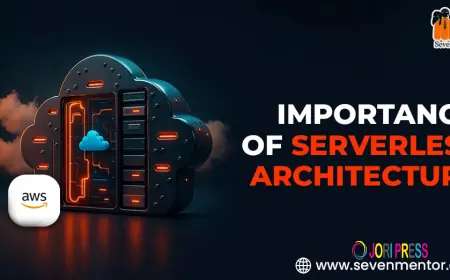How Generative AI for IT Workspace Is Enhancing Remote IT Operations and Enabling 24/7 Self-Service Support
Explore how Generative AI is revolutionizing remote IT operations by enabling 24/7 self-service support, intelligent automation, and real-time issue resolution.

In a world where remote and hybrid work have become the norm, the traditional IT support model has struggled to keep pace. IT teams are now expected to manage complex, distributed environments while delivering seamless, round-the-clock support. At the same time, end-users expect instant issue resolution, personalized assistance, and frictionless experiences—regardless of their location or device.
To meet these evolving demands, Generative AI has emerged as a game-changing solution. By embedding intelligence into every aspect of IT operations, Generative AI for the IT workspace is reshaping how support is delivered, how systems are managed, and how user experiences are optimized in remote-first organizations.
In this blog, we’ll explore how generative AI is enhancing remote IT operations and enabling 24/7 self-service support that empowers users, reduces IT workloads, and ensures business continuity in a digital-first world.
1. The Remote IT Challenge: Complexity, Scalability, and Responsiveness
The shift to remote and hybrid work has introduced a unique set of IT challenges:
-
Users operate across time zones and geographies
-
Devices and endpoints are decentralized
-
Home networks lack enterprise-grade stability and security
-
IT teams face increased support tickets, access requests, and connectivity issues
Despite these growing demands, IT departments are often constrained by limited resources and outdated processes. Traditional support models—dependent on human intervention, predefined scripts, and office-based systems—are no longer sufficient.
This is where Generative AI enters the picture, offering an intelligent, scalable, and always-available solution.
2. What Is Generative AI in the IT Workspace?
Generative AI refers to a class of artificial intelligence that can generate content, simulate conversations, and autonomously perform tasks using natural language. In the IT workspace, it powers intelligent bots, copilots, and automation systems that can:
-
Understand user queries in natural language
-
Generate step-by-step resolutions
-
Auto-resolve common issues
-
Integrate with ITSM platforms for seamless operations
-
Learn and improve from data over time
By embedding generative AI across the IT stack, organizations can deliver round-the-clock support, enable self-healing systems, and drive autonomous operations—all while minimizing manual effort.
3. Always-On Support: The Rise of AI-Powered Self-Service
a. 24/7 Virtual IT Assistants
Generative AI enables the deployment of intelligent virtual agents that operate around the clock. These assistants are capable of:
-
Handling a wide range of user issues (VPN, password reset, software installations)
-
Providing guided troubleshooting steps
-
Escalating complex cases to human agents with full context
-
Integrating with ticketing tools like ServiceNow, Jira, or Freshservice
Users no longer need to wait for IT office hours—support is available whenever they need it, in real-time.
b. Conversational and Contextual Support
Unlike rule-based chatbots, generative AI assistants understand context, intent, and nuance. They deliver human-like conversations by:
-
Asking clarifying questions
-
Referring to past interactions
-
Providing personalized solutions based on user profiles or devices
-
Speaking multiple languages for global teams
This makes IT support more intuitive, accessible, and satisfying for remote employees.
4. Intelligent Automation for Remote Issue Resolution
a. Proactive System Monitoring and Alerts
Generative AI tools integrated with observability platforms can analyze logs, performance metrics, and usage patterns to:
-
Detect anomalies before users report them
-
Predict system failures or outages
-
Trigger automated remediation scripts
-
Notify users proactively about potential disruptions
This transforms IT operations from reactive to predictive and proactive, minimizing downtime and improving productivity.
b. Autonomous Ticket Resolution
AI can automatically resolve recurring and low-level issues by:
-
Classifying and prioritizing tickets
-
Running diagnostic workflows
-
Executing scripts for fixes (e.g., restarting services, clearing cache)
-
Closing tickets with full resolution documentation
This dramatically reduces the volume of support tasks requiring human intervention, especially outside business hours.
5. Streamlined Access Management and Onboarding
Remote employees frequently request access to applications, networks, and systems—tasks that traditionally required manual IT approval and provisioning.
With generative AI:
-
Access requests can be validated, approved, and fulfilled automatically
-
New users can be onboarded with AI-generated checklists and guides
-
AI assistants can guide employees through setup, app installations, and policy training
This ensures faster, compliant onboarding without overloading IT staff.
6. AI-Powered Knowledge Management
Remote work can magnify the challenge of accessing accurate IT documentation or internal policies. Generative AI enhances knowledge access by:
-
Creating, summarizing, and updating IT knowledge base articles
-
Responding to user questions based on internal documentation
-
Providing contextual, real-time information tailored to each issue
For example, a user asking, “How do I connect to the company VPN on a Mac?” will receive a direct, personalized guide—powered by AI's understanding of the query and content repository.
7. Enhanced Endpoint Management from Afar
Managing devices remotely is a core challenge for distributed IT teams. Generative AI enables:
-
Real-time diagnostics on remote devices
-
Automated compliance and software updates
-
AI-generated scripts for local troubleshooting (e.g., fixing printer, clearing disk space)
-
Continuous health monitoring and alerting
This keeps remote systems secure, updated, and optimized without physical access—essential for globally dispersed teams.
8. Boosting IT Productivity and Reducing Burnout
Remote support often increases ticket volumes and user expectations. By offloading routine tasks to AI:
-
IT teams can focus on strategic initiatives
-
Burnout from repetitive support is minimized
-
Escalations are reduced with first-touch resolution
-
Internal team knowledge is preserved through AI-driven documentation
Generative AI also serves as a copilot for IT professionals, suggesting commands, solutions, and automations—enhancing productivity across all tiers of support.
9. Real-World Examples of Generative AI in Remote IT Support
Case Study 1: Global SaaS Company
Deployed a generative AI helpdesk bot across Slack and email to support 10,000+ remote employees. Outcomes:
-
60% of tickets auto-resolved
-
24/7 global support with no increase in staff
-
Employee satisfaction scores improved by 35%
Case Study 2: Mid-Sized Financial Services Firm
Used generative AI to manage endpoint security and compliance for remote devices. Benefits:
-
Real-time threat detection with AI-generated incident summaries
-
Zero-touch device setup and monitoring
-
Reduction in security escalations by 40%
10. Key Technologies and Tools Behind Generative AI in IT
To bring these capabilities to life, organizations are integrating:
-
Large Language Models (LLMs): GPT-4, Claude, etc.
-
Conversational AI Platforms: Google Dialogflow, Microsoft Bot Framework, Cohere
-
ITSM Integrations: ServiceNow, Freshservice, Jira Service Management
-
Workflow Automation Tools: Zapier, Microsoft Power Automate, LangChain
-
Observability & Monitoring: Datadog, Splunk, Elastic
With the right combination of tools and training data, generative AI becomes a reliable extension of the IT department—available anywhere, anytime.
11. Implementation Tips: How to Get Started with Generative AI in Remote IT
-
Identify High-Volume, Low-Complexity Use Cases: Start with password resets, VPN setup, or software troubleshooting.
-
Train AI on Internal Data: Feed documentation, KBs, ticket history, and policies to improve accuracy.
-
Deploy Across Preferred Channels: Integrate AI assistants in Slack, MS Teams, web portals, or mobile apps.
-
Ensure Feedback Loops: Monitor AI performance, user satisfaction, and retrain regularly.
-
Promote Human Oversight: Use AI to assist—not replace—humans, especially for critical or sensitive issues.
Conclusion: Generative AI Is the Remote IT Enabler Enterprises Need
As remote and hybrid work continue to define the future of business, IT departments must evolve to deliver faster, smarter, and always-available support.
Generative AI for IT Workspace is the key enabler—bridging gaps in time zones, resources, and complexity by automating tasks, enhancing self-service, and proactively managing systems. Whether it's resolving tickets at 2 AM, onboarding a remote employee in minutes, or keeping thousands of endpoints secure, generative AI delivers the intelligence and scalability modern IT teams need.
Organizations that embrace generative AI in their IT workspaces will gain not just operational efficiency but also a competitive advantage in workforce productivity, user satisfaction, and digital agility.
What's Your Reaction?
 Like
0
Like
0
 Dislike
0
Dislike
0
 Love
0
Love
0
 Funny
0
Funny
0
 Angry
0
Angry
0
 Sad
0
Sad
0
 Wow
0
Wow
0





















































